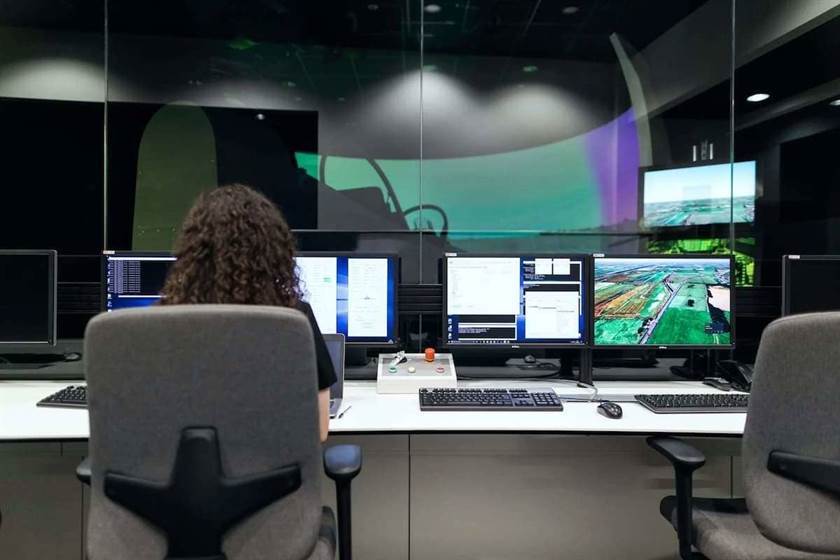“And, in particular, at this time, I think it’s really important to take a moment to do that sort of gut check, if you will. To give space to individuals and say, ‘How are you doing? ’ Asking those sorts of questions helps people get grounded and more focused,” Kammer said.
Review each activity or exercise focusing specifically on how remote participants will engage. Consider what tools and techniques, digital or otherwise, can be used to maximize their interaction with the in-room attendees. Post-meeting feedback confirmed that this setup allowed the remote participants to https://www.globalcloudteam.com/ feel like they were an integral part of the meeting rather than distant observers. Likewise, remote calls are limited to audio and screen sharing. Be overly descriptive of what you’re talking about to ensure everyone understands. Of course, the burden isn’t only on the organizer of the remote meeting.
Crowdsource questions during your remote meeting
Regardless of whether you are organizing an internal or external meeting, introducing an experiential aspect can significantly boost engagement. One way to do this is by giving out virtual credit cards to your attendees. Instead, you can batch the meeting so attendees can take small breaks, turn off their camera, and walk away from their desks after each session. You can also make attendance voluntary for teams and individuals when their presence would be helpful but not required.

Once you’re all set, start with welcoming all your colleagues who’ve joined. If possible, say Hi to each one individually and address him or her by name. In smaller and medium-sized groups, it’s good to start with some quick small talk or a catch-up to lighten the mood. First, make sure everybody can see and hear each of the others properly.
How to have fewer meetings
When everyone’s microphones are unmuted, random noises may interrupt the speaker and be in the way for other listeners. Also, when several people accidentally speak at the same time, the conversation turns into a mess because you cannot hear anyone distinctly. Ask the audience to mute their microphones and unmute them only when they are asked to or have something to say.
Once you’ve identified your objectives, create an agenda that outlines the topics you plan to cover, including any necessary background information, discussion points, and action items. Share this agenda with your remote team and encourage them to provide feedback or suggest additional topics. Running online meetings is radically different from face-to-face meetings. Factors like your video conferencing platform, the number of participants, and the participants’ time zones influence planning, scheduling, and even meeting outcomes.
Chat a little.
The goal of this exercise is to allow for a collaborative and safe environment where everyone can participate and share their views. Start the call with one or two ground rules for all attendees so that everybody gets a chance to share their views without interrupting or speaking over each other. Before you start the call, take five minutes to check your internet, microphone, and camera. You can also log into your phone as a backup in case a technical glitch occurs.
- Now you can no longer rely on in-person communication, having a camera on is critical.
- By putting a few structures in place, you can run more effective remote meetings, freeing up time and making everyone just a little less grouchy.
- Background information should be provided beforehand.
- Any time you’re looking to take a withdrawal for something that isn’t a recurring bill, or a joint bill you both know about, it’s best to have a quick conversation to make sure both of you are on board.
- Check out what current users are saying about the meeting tool to decide whether it satisfies your needs.
- Darren Chait, who is COO and cofounder of San Francisco-based Hugo, a connected meeting notes platform, stresses the importance of sharing an agenda with participants ahead of a video conference.
Give people different tasks in the meeting, rotated regularly. Not only do you need to do your pre-reads, but once you see the agenda, make sure you discuss with your team what is going to be covered – that is, do your own due-diligence. If there’s a topic that seems to have interdependencies with people who work in our location, get their input ahead of time so you’re best representing those constituents in the meeting. Since everyone on the call is separated by distance, the best thing you can do to make everyone at least feel like they’re in the same room is to use video.
Step 4: Keep employees engaged
Otherwise, it’s likely that the first 5 minutes of the meeting will just be waiting for everyone to load the meeting and troubleshooting audio or video issues. But checking in does not necessarily have to be in meeting format. There are many tools out there that allows remote teammates to give your progress updates on their own schedule. If you wait for everyone to log onto the platform to start the meeting, you will waste time. Once the remote team members know that you’re punctual, they will log onto the meeting platform on time. Punctuality ensures the remote meeting starts and ends as scheduled.

Bookable Links Shareable scheduling links to meet with you or a group of people. Instant Scheduling Schedule instant meetings with your Connections.
Collect questions in advance
However, by following these six tips for how to run remote team meetings, you should find they are just as successful if not more successful than their in-person counterparts. By implementing these best practices and cutting down on unnecessary meetings, remote teams can how to run a successful remote meeting stay productive and ensure that every meeting is an effective use of time. With a little preparation and creativity, remote meetings can even be a fun way to share new ideas and have informal conversations, bringing team members closer together on a personal level.

You can’t afford to waste the time of your team members. The best way to quit smoking is not to start in the first place. The best way to update or start the schedule of a recurring meeting is to remove the need to do so. There’s no reason for everyone to sync up just to learn something. It turns out that information sharing is one of the easiest async practices to master. Take the information and put in a place where everyone can access it on their own time.
Time is Money: Cut Down on Meetings to Free Up Resources
With numerous people online, it is often hard for attendees to get the time to speak up. Invite people who have been silent for a while to comment on the current topic or share their ideas. If you’re using Zoom, the platform allows the meeting attendees to “raise a hand,” which helps others notice that they want to say something. There are several benefits to opening up a joint bank account with a partner or spouse.
